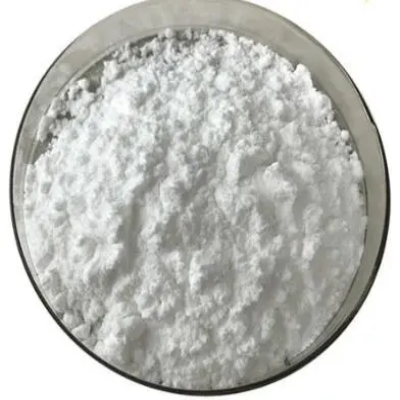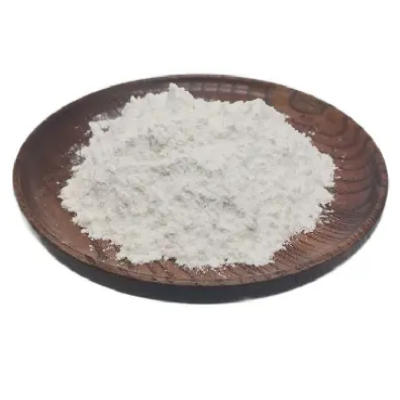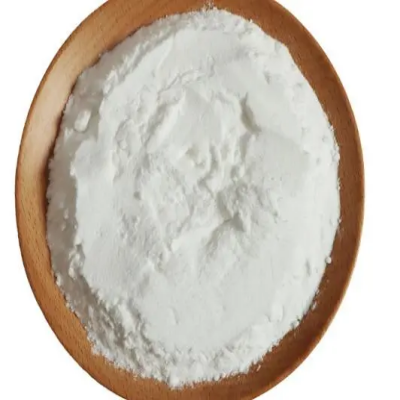Polyvinylchloride CAS:9002-86-2
Polyvinylchloride (PVC) finds extensive use across diverse industries due to its remarkable properties. In construction, PVC is utilized for pipes, fittings, and siding due to its corrosion resistance and low cost. It is also prevalent in the medical field for manufacturing tubing, blood bags, and medical devices due to its biocompatibility and sterilizability. Moreover, PVC is widely employed in the automotive sector for making dashboards, door panels, and upholstery due to its durability and flexibility. In the electrical industry, PVC is favored for insulation on wires and cables owing to its excellent electrical properties and flame resistance. The packaging industry utilizes PVC for manufacturing films, bottles, and containers due to its transparency and barrier properties, which protect contents from moisture and gases. PVC is also employed in the production of credit cards, vinyl flooring, and inflatable structures due to its resilience and ease of fabrication. Additionally, PVC is extensively used in signage and advertising due to its ability to withstand harsh outdoor conditions and retain color vibrancy. In agriculture, PVC pipes are utilized for irrigation systems and drainage due to their longevity and resistance to chemicals and UV radiation. Furthermore, PVC is an essential material in the production of vinyl records, providing excellent sound quality and durability. In the textile industry, PVC-coated fabrics are used for making tents, awnings, and outdoor clothing due to their water resistance and durability. Despite its widespread use, PVC poses environmental concerns during its production and disposal. Chlorine, a key component of PVC, can release toxic chemicals during manufacturing and incineration. Additionally, PVC is not readily biodegradable, leading to long-term environmental persistence if not properly managed. Efforts are underway to develop more sustainable alternatives to PVC and improve recycling methods to mitigate its environmental impact. However, PVC remains a crucial material in various industries due to its unique combination of properties and cost-effectiveness. Proper handling and disposal practices are essential to minimize its environmental footprint while benefiting from its versatile applications.



| Composition | C2H3Cl |
| Assay | 99% |
| Appearance | white powder |
| CAS No. | 9002-86-2 |
| Packing | Small and bulk |
| Shelf Life | 2 years |
| Storage | Store in cool and dry area |
| Certification | ISO. |









